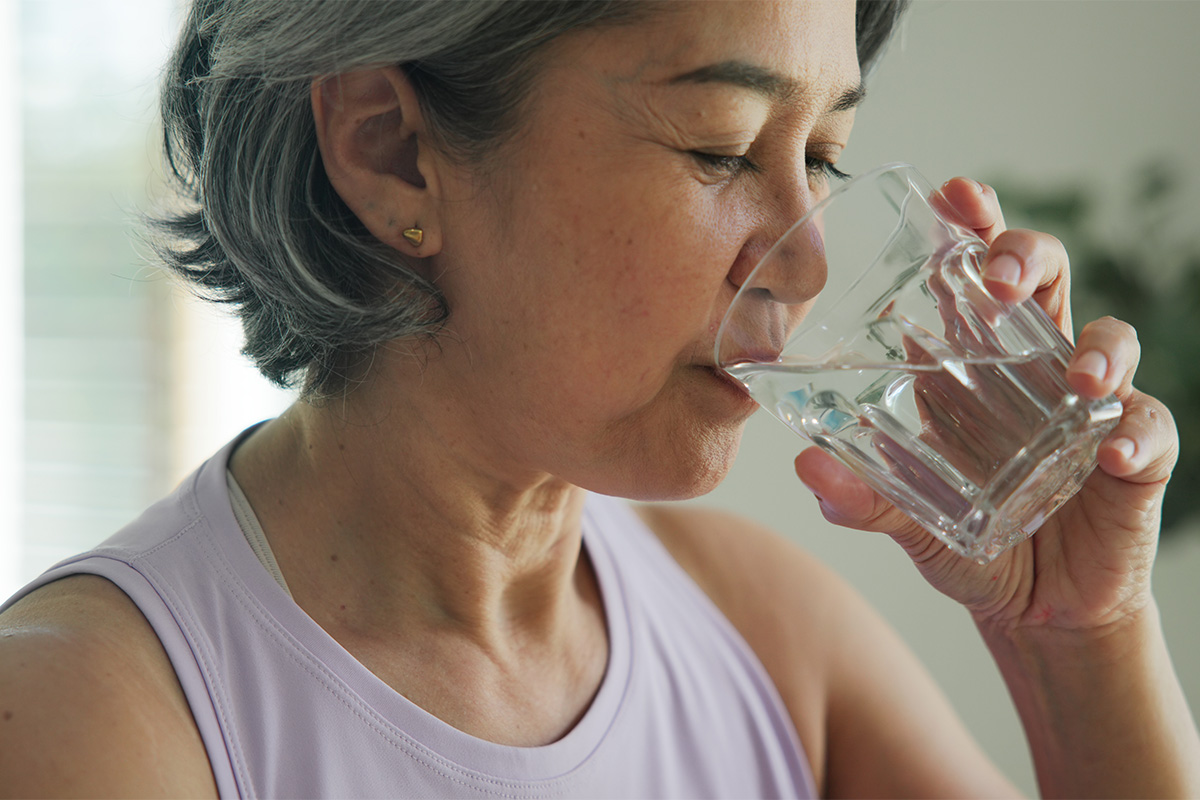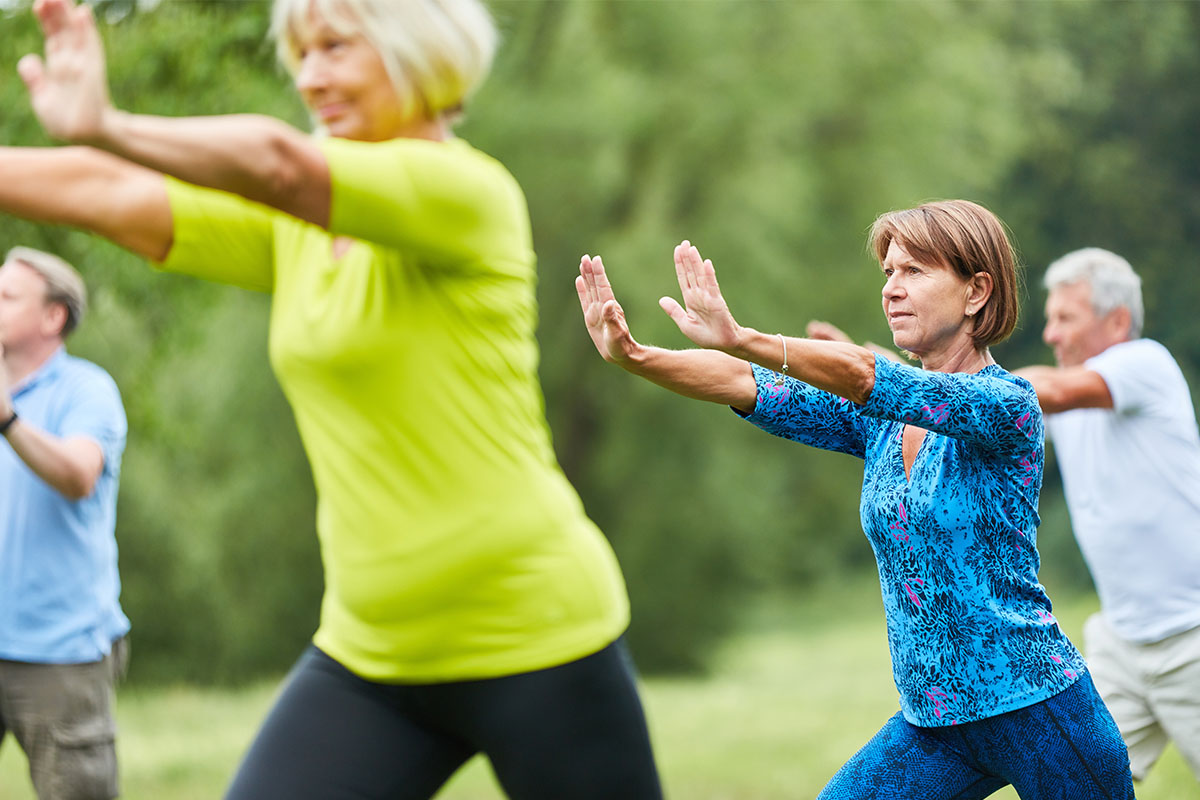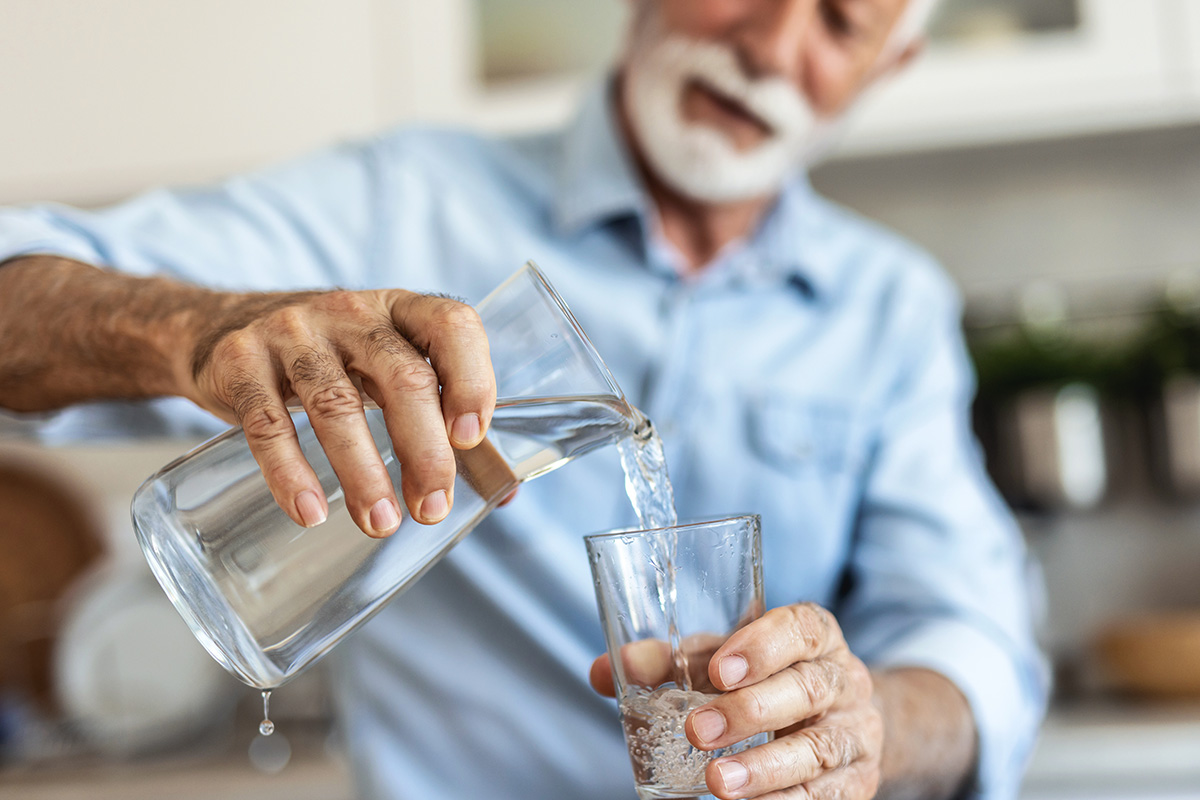Thrive with Five
Living with Parkinson’s presents its fair share of challenges, but what if we told you that you hold the keys to maximizing your symptom management and living a rich and fulfilling life?
Thrive with Five is a holistic wellness approach designed to help you take charge of your life with Parkinson’s. We’ve identified five key areas that work in tandem to support your well-being, allowing you to physically, mentally, emotionally, and socially thrive with Parkinson’s.
Explore the five pillars below to discover why they matter and how they can empower your journey.
The five key pillars of wellness to help you live your absolute best life with Parkinson’s disease.

Medical Team

A Coordinated Approach to PD Care
You deserve a medical team that works together. This may include movement disorder specialists (MDS), podiatrists, gastroenterologists, and other experts, all aligned in your care plan. A unified approach means fewer gaps, more personalized support, and better outcomes.
Why it matters: Parkinson’s affects multiple systems in the body. Having a team that communicates and collaborates ensures you receive adequate care and support.


Is Deep Brain Stimulation Right For You?
Nutrition

Fuel Your Body, Nourish Your Life
Eating well can help manage symptoms, improve digestion, and maintain energy levels. From anti-inflammatory foods to tips for handling swallowing issues, nutrition is a vital part of living well with Parkinson’s.
Why it matters: The right foods support brain health, enhance medication effectiveness, and help you stay strong and balanced.


Swallowing and Parkinson’s: Why It Matters and What You Can Do
Exercise

Movement is Medicine
Exercise is one of the most powerful tools for managing Parkinson’s. Whether it’s walking, boxing, yoga, or strength training, staying active improves mobility, balance, and even mood.
Why it matters: Regular physical activity can slow the progression of symptoms and boost your independence and confidence.


Qigong – Baduanjin for Parkinson’s: Simple and Graceful Movements


Tai Chi for Parkinson’s: Meditation and Balance in Motion
Sleep Hygiene

Rest is Recovery
Sleep disturbances are common with Parkinson’s, but better rest is possible. From sleep hygiene tips to medical treatments, there are many ways to improve the quality of your sleep.
Why it matters: Quality sleep helps your brain function better, improves mood and memory, and gives your body time to recharge.
Mental Health & Socialization

Stay Connected to Stay Strong
Emotional wellness and social connection are essential. From support groups to therapy, staying mentally healthy and socially engaged can dramatically improve your quality of life.
Why it matters: Depression, anxiety, and isolation are real challenges, but they don’t have to define your journey. Staying connected helps you feel seen, supported, and hopeful.


Finding Connection: Why Community Matters in Parkinson’s
Donate Today,
Change Lives Forever
PCLA is powered by generous contributions from people like you.
Please consider donating today so we can continue to provide critical support to those impacted by Parkinson’s.










